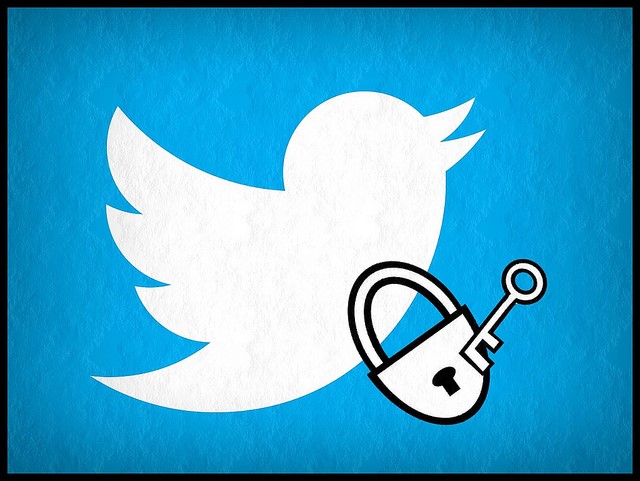
Image source: Esther Vargas via Flickr
Twitter is introducing an option that allows users to return to a reverse chronological timeline and abandon the default algorithmic timeline which displays tweets by relevance to the subscriber, as determined by an algorithm.
Users will be able to click on a sparkle icon above their home timeline to toggle between the chronological and algorithmic timelines. Some iOS users started seeing the icon late last year, but Twitter is just now rolling out the feature to Android app and desktop users.
Outsiders may deem the update minor, but Twitter users become passionate about such tweaks. Social media gurus also see major implications for public relations and marketing. Nick Bennett, account executive at Impact Branding & Design, calls the change “monumental.”
Algorithmic timelines essentially destroy organic reach for both individuals and businesses and force marketers to turn to paid promotions. Just look at how Facebook’s algorithm devastated brand’s organic reach. Marketers now enjoy much better opportunities to reach customers without paid promotions on Twitter. “Organic reach is back!” Bennett exclaims.
The update may prompt users to return to Twitter. If they do, marketers will follow, he adds.
Ideal for Monitoring Breaking News
The timeline plays to Twitter’s strength as a platform for real-time events and breaking news. PR pros will clearly prefer the chronological timeline when monitoring breaking news on Twitter (or when keeping tabs on sports competitions). Social media marketers monitoring brand keywords will be able to more easily find and enter ongoing conversations to offer helpful input.
“The more you can do this from a brand’s handle, the more likely people are to then begin to look to you as a key resource, and it’s far better to respond as a question is asked, rather than using the algorithmic timeline and replying to days old tweets,” writes Lucy Rendler-Kaplan, founder of Arkay Marketing & PR, for Social Media Today.
Give Control to People, Not Machines
Twitter adapted an algorithmic timeline in 2016, annoying many users. That timeline supposedly shows tweets that users find most interesting. But many users complained that they prefer the timeliness of the original chronological feed. Or perhaps they don’t want a software program to determine what they should see. Some questioned its results. Even Twitter admitted that the algorithm’s recommendations are not always perfect.
Other networks may offer chronological timelines as social media users rebel against the dictates of software programs, some observers say.
“Wouldn’t it be best if you could decide what you want to see yourself?” Rendler-Kaplan asks. “Isn’t it frustrating when you’re on Instagram or Facebook and see posts that are already several days old, but appear to be new? I know I’d rather know what was happening as it happens, and not miss things that might be important.”
Advertisers’ Point of View
Advertisers may wonder how the chronological time may impact views of their sponsored tweets. Twitter has claimed that the algorithm prompts more engagement and time spent on the platform, points out Amy Gesenhues at Marketing Land.
The timeline change will not directly affect Twitter’s ad targeting filters, Gesenhues adds. Advertisers will still have the same capabilities when developing marketing efforts.
Bottom Line: Twitter’s new option to easily switch to a chronological timeline holds significant implications for PR and marketing. The feature will energize organic marketing and help marketers reach customers through social media listening. The chronological timeline is also perfect for monitoring news, a common PR activity.
William J. Comcowich founded and served as CEO of CyberAlert LLC, the predecessor of Glean.info. He is currently serving as Interim CEO and member of the Board of Directors. Glean.info provides customized media monitoring, media measurement and analytics solutions across all types of traditional and social media.




